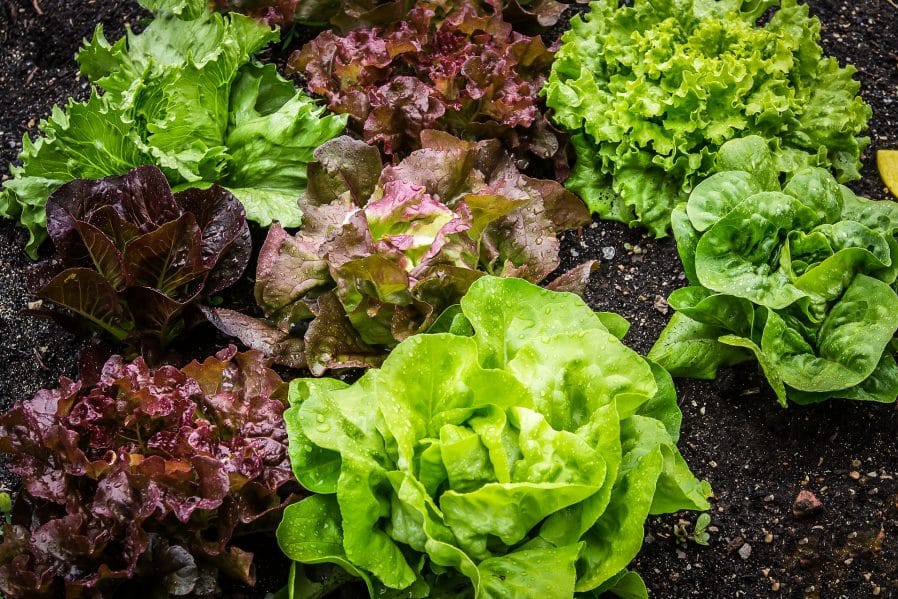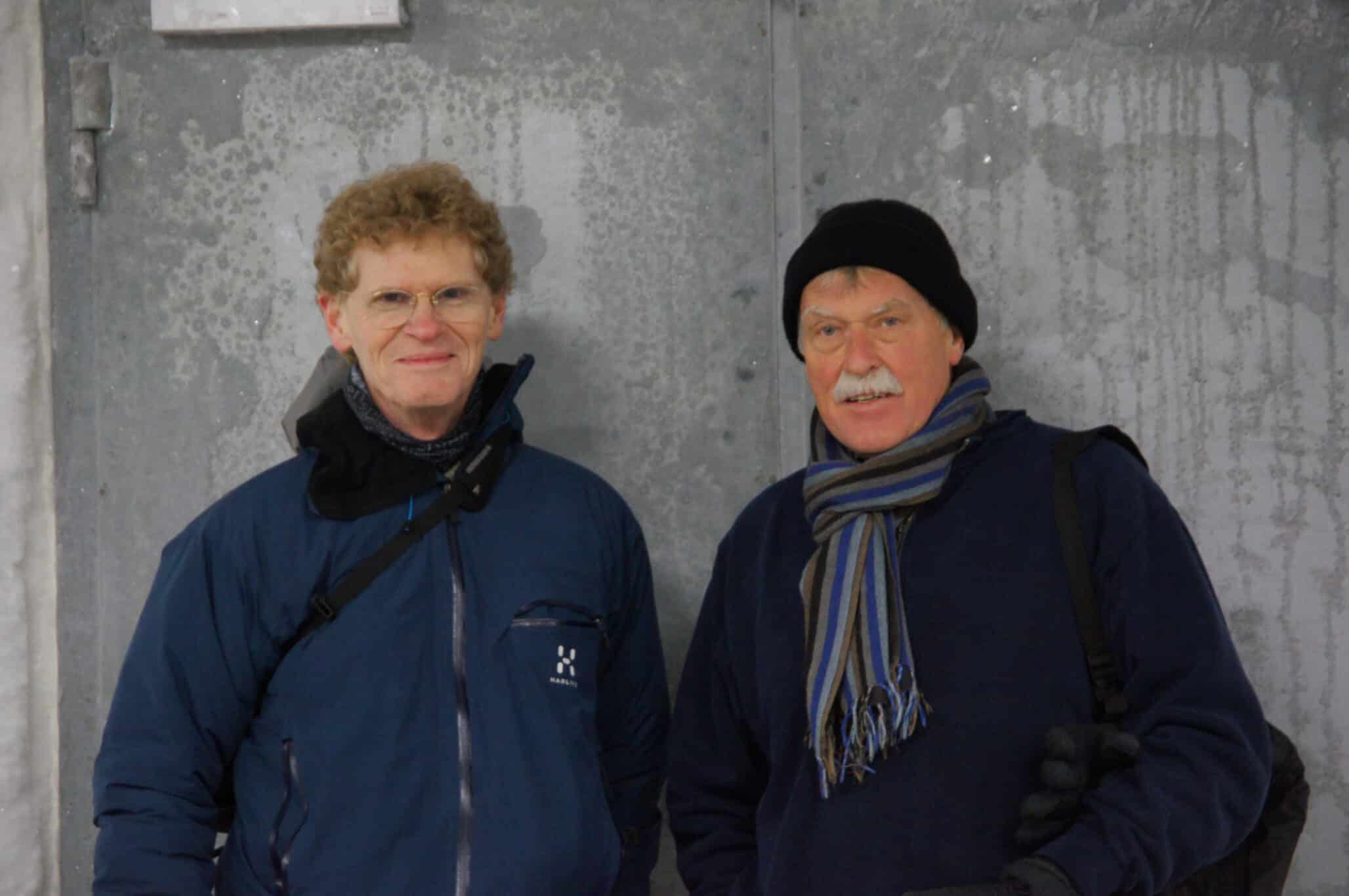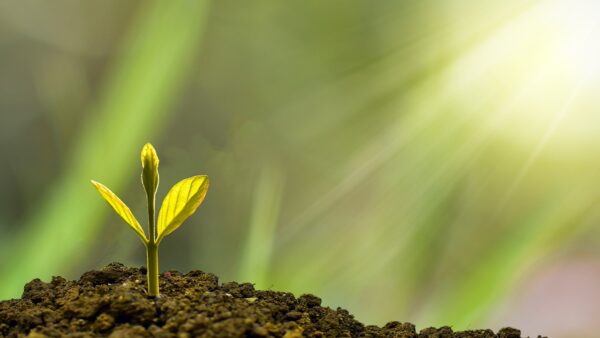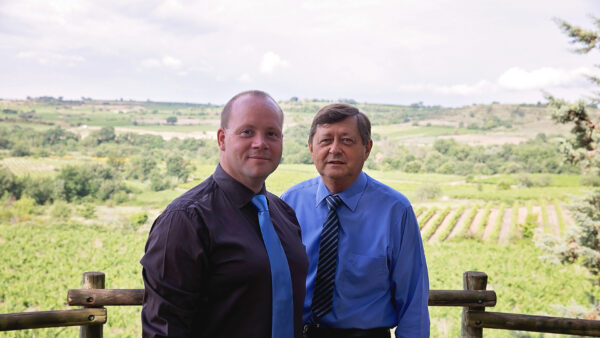A unique 100-year experiment launches at the Svalbard Global Seed Vault. The experiment, the first of its kind, is funded by the Norwegian Ministry of Agriculture and Food and involves partners from all over the world. It will shed light on the longevity of seeds of 13 globally important crops.
Results will be published throughout the course of the project, providing valuable knowledge that will help ensure optimal seed conservation in the Seed Vault and indeed genebanks in general. As recognized by SDG 2.5, this is a key step in safeguarding the foundation of our food system for future generations, and ensuring food and nutritional security.
“The experiment is one of a kind,” says Åsmund Asdal, Seed Vault Coordinator at NordGen. “It will provide future generations with knowledge of how quickly, or slowly, seeds die, and therefore how often they need to be regenerated.”
The first experimental seed samples, from the genebank at IPK Gatersleben in Germany, will be brought today to the Svalbard Global Seed Vault. They consist of barley, pea, wheat and lettuce. Over the next 2-3 years, seeds from nine additional crops will be sent to Svalbard by genebanks in Thailand, India, Portugal, Brazil and Sweden for the study. These seeds will be tested in 2030, and every decade thereafter, until 2120.
Seeds are stored in the Seed Vault at a temperature of –18°C and each sample is sealed in a small packet of 400 seeds.
So How Long Can Seeds Stay Alive?
This experiment seeks to answer that question and inform future best practices for seed regeneration, one of the most important processes in a genebank.
Seed longevity is one of the core concerns of long-term seed conservation. Well dried and frozen seeds from many important food crops are generally thought to be able to stay alive for a very long time: centuries, perhaps even a thousand years in some cases. But these estimates mainly come from extrapolation from what are called “rapid aging” experiments. Actual information on how long seeds can maintain their germination ability during storage under optimal conditions is needed, to validate the theory.
Genebanks test seeds in their collections regularly, to be able to regenerate seeds in time and keep the genetic resources viable and available for research and plant breeding. If genebank technicians can identify seeds that are no longer sufficiently viable in time, they can regenerate the seeds and keep their collections safe.
“The most extraordinary aspect of this project is that it will go on for 100 years,” says Asdal about what most excites him about the project. “It is unique in that we will investigate the longevity of these seeds in real time. We will probably already see in 20-30 years differences between varieties and learn more about the importance of initial seed quality for long-term conservation.”
The Svalbard Global Seed Vault is a backup facility for the world’s crop diversity. Since its opening in 2008, genebanks all over the world have brought seed samples of the world’s most important food crops for permanent safeguarding to the Seed Vault. In February 2020, the Seed Vault crossed the threshold of 1 million seed samples from 87 different institutes and organizations.
Source: Crop Trust












